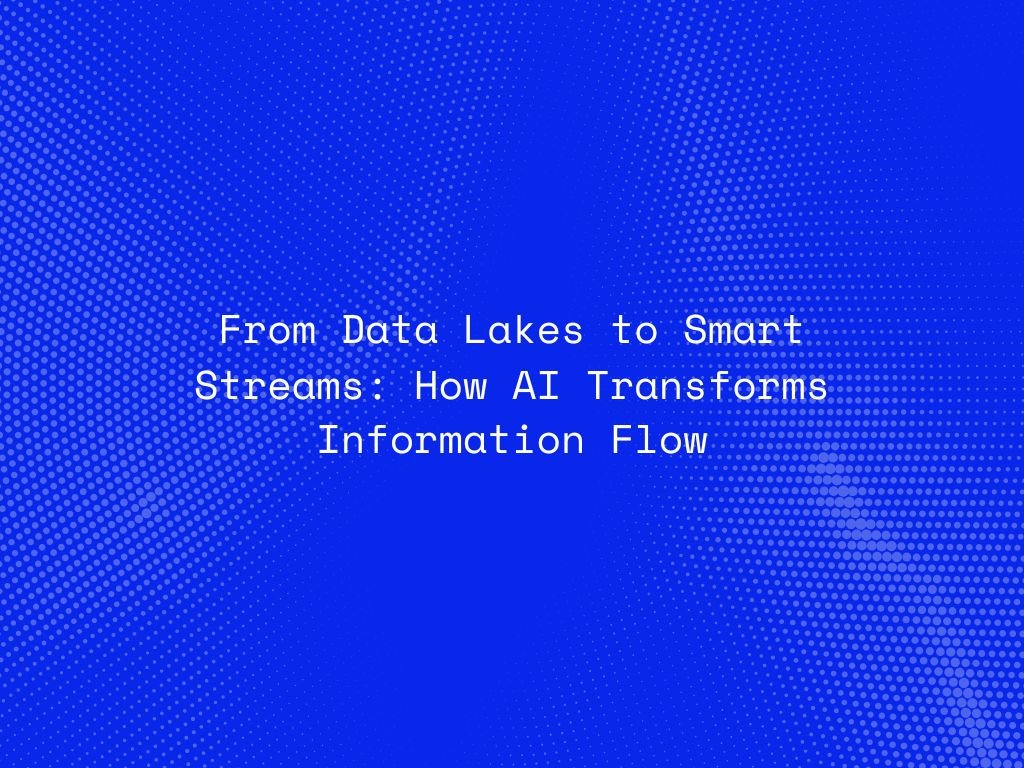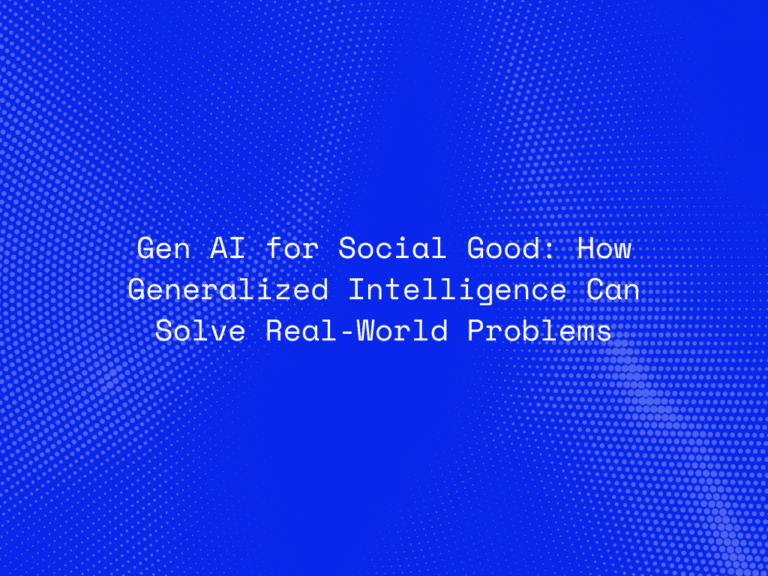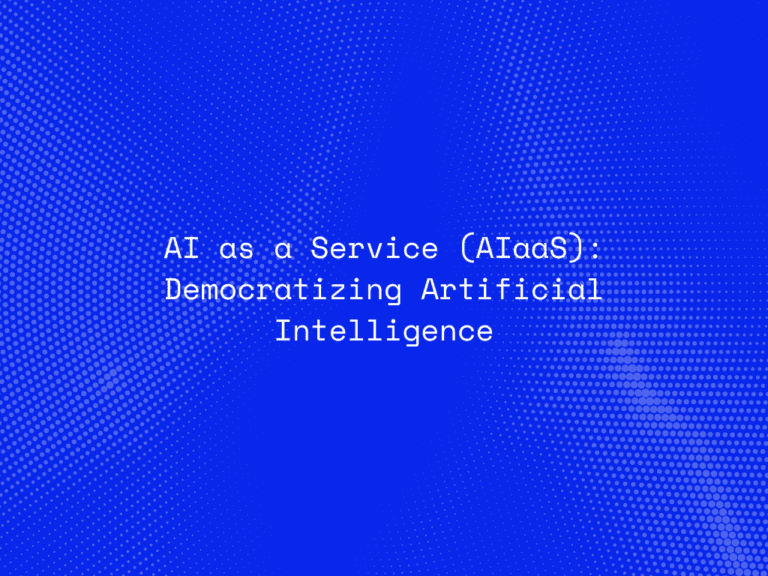For years, organizations have relied on data lakes—vast repositories designed to store structured and unstructured data at scale. While these storage systems enabled businesses to collect massive amounts of information, they often fell short in delivering real-time insights. Static data is valuable, but in today’s fast-paced environment, businesses need to act instantly on information as it flows.
This is where AI-powered smart data streams come into play. By leveraging artificial intelligence and real-time processing technologies, enterprises can transform passive data storage into dynamic pipelines of intelligence. The evolution from data lakes to smart streams marks a new era in data management—where information doesn’t just sit and wait, it moves, adapts, and generates actionable insights as events unfold.
From Data Lakes to Smart Streams: What’s the Difference?
-
Data Lakes: Centralized repositories that hold raw data in its original format. They are excellent for large-scale storage and advanced analytics but are often limited to batch processing.
-
Smart Streams: Real-time data pipelines enhanced with AI and machine learning that analyze and act on information as it’s generated. Instead of waiting for static reports, organizations gain immediate intelligence.
The shift reflects a broader trend: businesses no longer just want to analyze the past—they want to predict and shape the future.
The Role of AI in Transforming Data Flow
AI adds the intelligence layer that turns streams of data into actionable insights. Its contributions include:
-
Real-Time Analytics: Machine learning models process streams on the fly, detecting anomalies, predicting outcomes, and suggesting next steps.
-
Automated Decision-Making: AI systems can trigger actions automatically—such as rerouting logistics or adjusting pricing—without human intervention.
-
Natural Language Processing (NLP): Enables smart query systems where users can ask questions of live data in plain language.
-
Predictive Intelligence: By analyzing patterns in continuous streams, AI forecasts demand, customer behavior, and potential risks.
-
Data Orchestration: AI ensures seamless integration between structured and unstructured data sources for unified insights.
Key Applications of AI-Driven Smart Streams
1. Financial Services
Banks and fintech companies use AI on smart streams to detect fraud in real time, assess creditworthiness instantly, and enable dynamic trading decisions.
2. Retail and E-Commerce
Retailers leverage AI-driven data streams to personalize customer experiences, adjust pricing dynamically, and optimize inventory based on real-time demand.
3. Healthcare
Smart streams help monitor patient vitals, detect anomalies, and alert doctors instantly—potentially saving lives through early interventions.
4. Manufacturing and Supply Chain
AI-powered data streams allow predictive maintenance of equipment, real-time logistics optimization, and adaptive supply chain management.
5. Smart Cities
Urban planners rely on continuous data streams from IoT devices to manage traffic, energy consumption, and emergency response more efficiently.
Benefits of Moving to AI-Powered Smart Streams
-
Speed to Insight: Organizations act immediately instead of waiting for periodic reports.
-
Proactive Decision-Making: AI predicts outcomes, enabling preemptive actions.
-
Scalability: Streams grow with business needs, accommodating billions of daily data points.
-
Operational Efficiency: Automation reduces manual intervention and accelerates workflows.
-
Customer-Centricity: Real-time personalization and responsiveness improve experiences.
Challenges and Considerations
Transitioning from data lakes to smart streams is not without obstacles:
-
Infrastructure Demands: Real-time processing requires robust and scalable architectures.
-
Data Quality: Streaming analytics depend on clean, reliable input data.
-
Integration Complexity: Connecting multiple data sources can be technically challenging.
-
Cost Management: Continuous processing may increase cloud and compute expenses.
-
Governance and Compliance: Real-time handling of sensitive data requires strict controls.
Organizations must carefully plan architectures that balance speed, cost, and compliance.
The Future of Smart Streams
By 2030, AI-driven smart streams will evolve further with:
-
Autonomous Data Pipelines that adapt and optimize themselves in real time.
-
Edge AI Processing, reducing latency by analyzing data closer to its source.
-
Multi-Modal Data Fusion, where text, video, audio, and sensor data streams combine for richer insights.
-
Industry-Specific Platforms, tailored to sectors like healthcare, finance, and logistics.
In this future, static data repositories may still exist, but the competitive edge will belong to businesses that can act instantly on information in motion.
Conclusion
The evolution from data lakes to smart streams represents more than a technological shift—it signals a new way of doing business. In a world where milliseconds matter, organizations cannot afford to rely solely on historical data. AI-powered smart streams enable real-time intelligence, proactive decision-making, and operational agility, unlocking possibilities that traditional data storage models cannot match.
For enterprises seeking to stay ahead, embracing smart streams is not an option—it is the next step in the data revolution.




